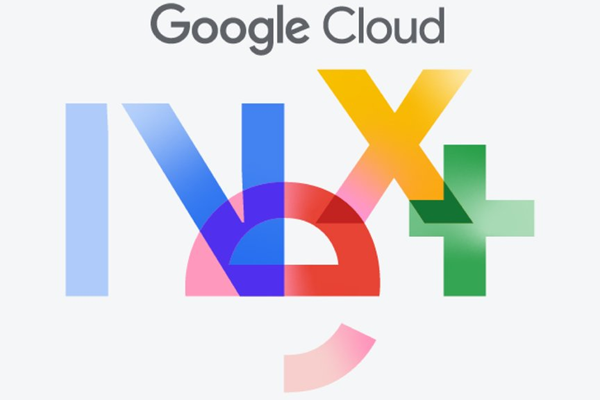Generative AI Stars at Google Cloud Next: Here’s The Most Notable News This Year

As with so many events in the last couple of years, generative AI was the central topic at this year’s Google Cloud Next conference. The tech giant unveiled a comprehensive suite of generative AI offerings across the board for enterprise and consumer products, enmeshing Google Cloud and the Google Gemini large language models (LLMs) in a tight web. Google’s strategy of pushing further integration of its services with generative AI is obvious, but with a deluge of new features and tools unveiled, it’s worth summing up some of the most interesting and exciting.
Google Cloud as Generative AI
A major upgrade linked to almost every other announcement was the public preview of Google’s Gemini 1.5 Pro model through Vertex AI. Boasting a one-million-token context window, this model promises to surpass the capabilities of leading models provided by competitors like OpenAI and Anthropic. The model is at the heart of another big rollout, the generative AI programming assistant Gemini Code Assist. The coding aide is a rebranded and upgraded version of the Codey and Duet AI tools unveiled last year, but more powerful thanks to Gemini 1.5 Pro and other upgrades. By understanding the specific context of an enterprise, such as security schemas and API patterns, Gemini Code Assist provides customized recommendations, aiding in more efficient API development.
Another standout announcement was the introduction of AI Agents and the Vertex AI Agent Builder. Moving beyond traditional AI agents, Google’s AI Agents are designed as ChatGPT-style solutions that operate based on user-defined data sources and preferences. These agents enable developers to create productivity solutions in a low-code or no-code environment, offering a range of functionalities for diverse tasks and operations.
Video Workspace
Google also showed how far its generative AI-fueled synthetic media has come. The company announced the general availability of Imagen 2. After an aborted rollout amid embarrassing errors, Imagen 2 is now integrated into Google’s Vertex and aimed at enterprise applications. It also comes with a new “text-to-live” feature capable of not only generating images but also animating them or creating short video clips. FOr longer videos, Google also showcased the new Vids video creation tool for Google Workspace, which operates alongside other Workspace programs like Docs and Sheets. The Vids platform enables collaborative real-time video editing, writing, and production within the Workspace environment.
Speaking of Google Workspace, the suite received several other generative AI-powered enhancements, including voice prompts for the “Help me write” feature in Gmail on mobile devices. The AI can also instantly polish rough email drafts. Google appears to be exploring monetization opportunities for some of the generative AI features within Google Workspace. Specifically, there may be paid add-on packages for meeting assistance, note-taking, and language translation service, as well as enhanced security features employing generative AI.
In the hardware realm, Google announced its entry into the data center chip market with the Google Axion Processors – custom Arm®-based CPUs designed for top-notch performance and energy efficiency. These processors are slated to be available to Google Cloud customers later in the year, positioning Google to compete with NVIDIA’s dominance in AI workloads.
Follow @voicebotai Follow @erichschwartz
Google Showcases New Generative AI Coding Assistants to Take on GitHub Copilot
Google Unveils Gemini 1.5 Pro LLM With Staggering 1M-Token Context Window
Google Bard (and Duet and Assistant Mobile App) No More – Gemini Now The Star of Generative AI Show








